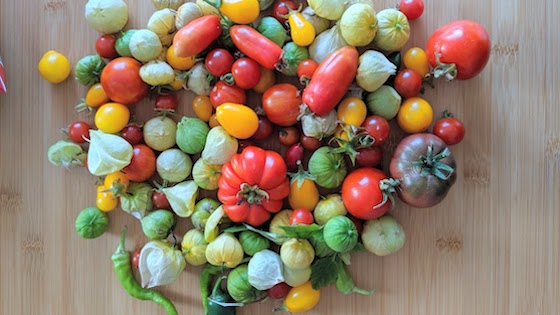
What's Cooking? Pandemic Foodways Part 1
Food scholar and history graduate student Clare Gordon Bettencourt ponders the connections between the pandemic and foodways. Stay tuned for Part II of her commentary.
Food has been central to the COVID19 story. From the essential food systems workers who sustain us, to the challenges facing the hospitality industry, to the rise of home cooking and baking. Evidence suggests our food system may have even birthed this crisis. As a graduate student studying food history, this moment has prompted me to ponder our pandemic foodways through the lens of my research area: the industrialization of America’s food system.As the new quarter begins, I am set to start my fifth dissertation chapter on consumer activism in the creation of food identity standards, a body of American pure food laws in effect from 1938 to the present. I like to begin my writing process by revisiting secondary literature, so for this chapter I am starting with More Work for Mother: The Ironies of Household Technology from the Open Hearth to the Microwave by historian Ruth Schwartz Cowan. Cowan argues that studies of industrialization have focused on the transformation of workplaces, but homes also underwent tremendous reform. What a fitting read for a moment in which the most fortunate among us can choose to retreat into their households and explore new domestic work.
A particularly salient thread in the book comes from Cowan’s exploration of housework in the interwar years. She explains that in the late 19th and early 20th centuries, many affluent Americans enjoyed comfortable lifestyles thanks to the availability of servant labor. Later, during the interwar period, the availability of household help declined, thus prompting the women of these same affluent families to take on the additional domestic labor needed to maintain the standard of living they had grown accustomed to. Beyond domestic spaces, immigrants and people of color were instrumental in restaurant dining moving from an elite practice to mainstream, as discussed in the writings of food studies scholars like Associate Dean of the School of Humanities at UCI Yong Chen, Donna Gabaccia, and Krishnendu Ray.
Perhaps Cowan’s argument surrounding standard of living could help us understand the rise in cooking, baking and urban gardening by the fortunate people able to practice social distancing in our current moment. While some have viewed this practice as survivalism, or simply the need to pass the time, it could also be interpreted as affluent Americans once again grappling with a change to the standard of living that our abundant 21st century food system and its workers have made possible. Many of these now-isolated Americans likely live in areas where they typically enjoyed a thriving food marketplace, rather than empty shelves and shuttered restaurants. When faced with this drastic change, it seems that many isolated Americans have chosen to take on greater domestic labor to make their affluent standard of living and dining continue. Internet conversations sharing recipes show the power of cooking to create community from afar, while memes decrying the burden of dishwashing while in quarantine reveal the disconnection that our food system has facilitated from the labor that makes these time-consuming tasks optional.
While having the time and interest in exploring this additional domestic labor is the beginning of the story, the outcome is another issue entirely! Join me for part II of this blog post when we explore the ups and downs of domestic projects, including my own challenges as a gardener
